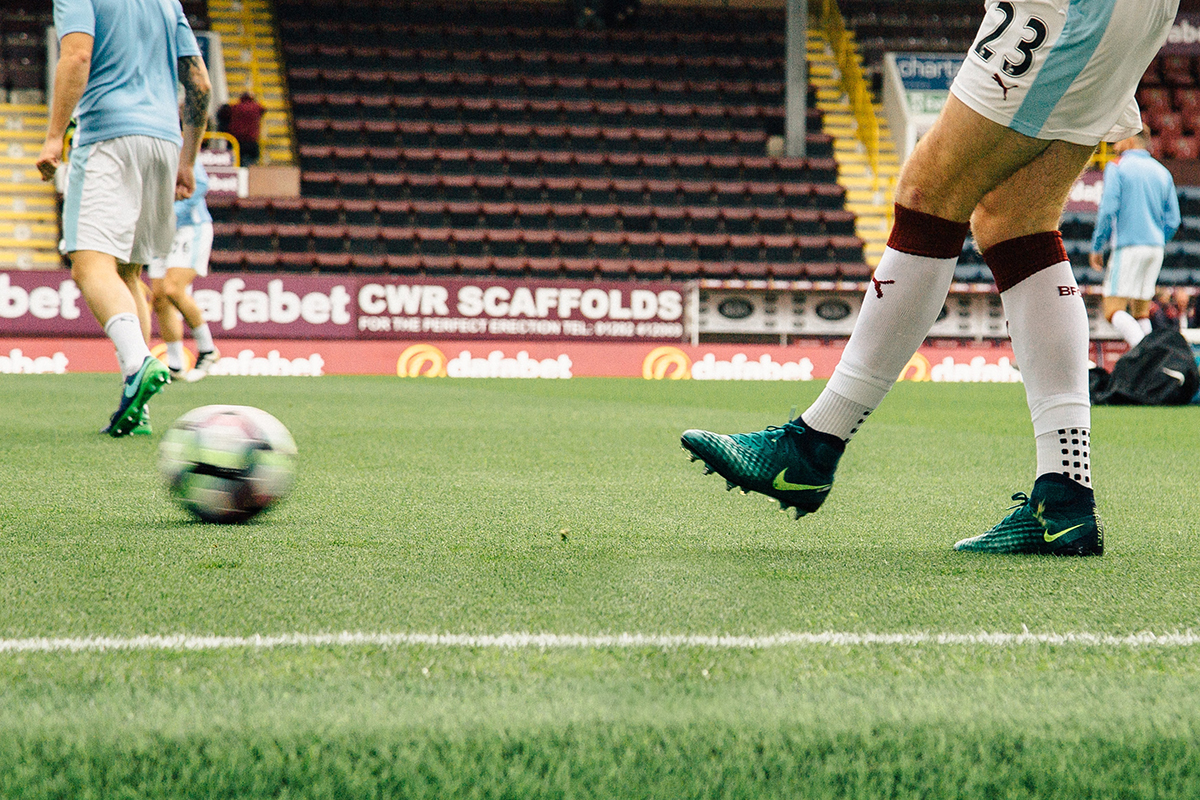Getting Started — About Therapy, and How to Fit it into your Schedule
“Sorry, I can’t – I have practice.”
As an athlete, it’s common to turn down invitations to activities that require your precious time. Between practice, class, lift, work, physical therapy, and studying, it might feel like you can’t possibly squeeze another appointment into your already bursting schedule. If you think you can pull the “I’m too busy” card on therapy too, slow your roll. Therapy is a time commitment. But, among countless other benefits to your well-being, it can help you find more balance in your schedule. Are you worried that therapy will take too much time? Curious about how it will fit into your schedule? Wondering when you’ll cross the finish line? If so, you’re in the right place at the right time.
Length of Sessions
Therapy sessions generally range from 45 minutes to an hour long. Fifty to 55 minutes is the most common length of time for appointments. The initial session will generally be on the longer side. Then, the length of subsequent sessions will likely stay consistent. One of the benefits to online therapy (also known as "teletherapy") is that there’s no need to worry about the time it takes to commute to and from the therapist’s office. This makes it exceedingly convenient for athletes with busy schedules. It might feel daunting. But you’re probably used to blocking off at least an hour of time in your calendar for practice. So adding therapy to your calendar is probably more familiar than you expected.
When to Meet
When it comes to scheduling, it’s also helpful to think about how frequently to attend sessions. Good news: Agreeing on when to meet with your therapist is much less complicated than figuring out when you and your 20+ teammates are all free for a team meeting! Depending on your preference, treatment plan, and the therapist’s practice, sessions might be once per week, once every other week, or once per month. Generally speaking, once a week is the most common frequency. You will either have a set time that you’ll meet each week, or you’ll schedule subsequent sessions with your therapist as you go.
Maximizing your Time
Preparing for therapy and finding ways to approach sessions with lower levels of stress can help you use the time you have with your therapist more effectively. Some ways to make the most out of your sessions include:
- Schedule therapy for a time of day that you are most alert. For example, if you’re a morning person, try to schedule sessions in the morning!
- Practice taking deep breaths to feel more calm both before and during the session.
- Keep a journal or a piece of paper with you to refer to. Or, take notes on throughout the conversation.
While it’s great to be prepared, don’t feel pressured to spend this time in any specific way. Even when sessions don’t feel “productive” or “efficient,” it’s significant that you’ve set aside time to focus on your mental health. Going to therapy deserves to be a priority even if it does take some time. Devoting ~50 minutes to your mental health and wellbeing each week will increase your ability to manage many aspects of your life with more grace and mindfulness. This is a cycle that will benefit you both in the short and the long run!
Number of Sessions
Athletes’ goal-oriented nature might drive them to want to know exactly when they will cross the finish line for therapy. Truth be told, there isn’t always a distinct end time for therapy. The course of treatment will vary depending on your symptoms, type of treatment, and personal journey. For example, cognitive behavioral therapy (CBT) often focuses on problem-solving and behavioral changes. Therefore, it can be a shorter-term treatment plan. Even so, the number of sessions often range from five to 20. It’s completely normal for people to attend more sessions if they’re continuing to find them valuable. Psychotherapy tends to be a longer-term treatment model, lasting from several months to several years. In general, it’s common to meet with your therapist for at least a few weeks and often several months. Your therapist should check in to determine whether therapy is continuing to feel valuable to you.
It can be helpful to view taking care of your mental health similar to how you view taking care of your physical health. You’ll probably rev up treatment during an injury, but you’re also likely to prioritize preventative exercises (icing, rolling out, stretching, rehab) even when you’re feeling okay. When you consider how long to stay in therapy, know that therapy can be both an ongoing process and a tool that you can turn to as needed.
Yes, you have time
At the end of the day, fitting therapy sessions into your schedule is just as important as (if not more important than) fitting classes, work, and practice into your schedule. As with training sessions, therapy sessions can help you learn more about yourself and develop skills to strengthen your mind-body connection. So, to answer your question: Yes, you do have time for therapy! If you’re still doubtful, try having a short introductory call with a therapist and mentioning your time concerns. The best way to determine if therapy is right for you and your busy schedule is by giving it a try!
This content was originally published on the Galea Health website. Galea connects athletes with therapists and mental performance coaches who have worked extensively with athletes or were athletes themselves. We’re passionate about offering athletes access to holistic care, ranging from mental health to performance support. Alongside our provider network, Galea promotes mental health in athletics through blogs, resources, athlete stories, and our athlete advocate network.



